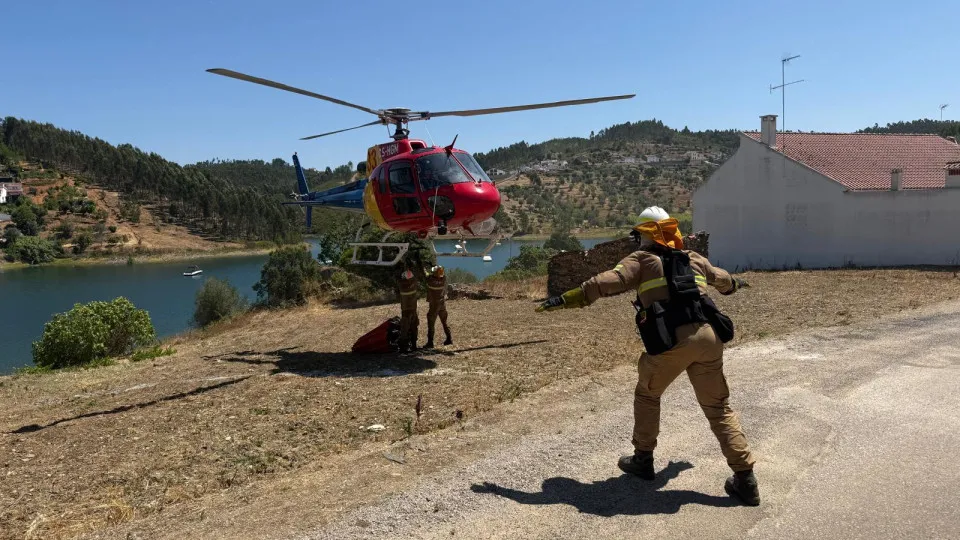
The Minister of Environment, Maria da Graça Carvalho, confirmed on Tuesday that the government will work towards the “recovery” of the areas affected by the large wildfire in Arganil. She announced that there will be a restructuring of the management model for protected areas, including a reorganization of the Institute for Nature Conservation and Forests (ICNF).
Speaking to journalists during a visit to Serra do Açor and Mata da Margaraça, which were heavily impacted by the flames, the minister was questioned about whether the government is offering false hopes, a notion she rejected.
“I hope not. We will strive to make this a reality. We need to rejuvenate these areas and also review the management model for protected areas, ensuring a more localized approach with more field experts,” she stated, emphasizing the necessity of having personnel present in these areas “throughout the year.”
She mentioned a “major reorganization of the ICNF” to ensure that it operates closer to the protected zones, aiming for a simpler and more efficient management, especially for large natural parks, with an appointment of a park director. The initiative will start with the Peneda-Gerês National Park.
When questioned about what went wrong, allowing the fire to consume such a vast area, the minister declined to “analyze the firefighting efforts.” However, amidst the “sadness,” she pointed out a “positive aspect”: “All houses, homes, and businesses were protected,” she said.
The fire that broke out in Arganil on the 13th has the largest burned area ever recorded in Portugal, with 64,000 hectares consumed, according to a provisional ICNF report.
Originating in Piódão, within the Arganil municipality (Coimbra district), and coming under control on Sunday after 11 days, the fire has burned an area of 64,451 hectares. This report, updated with the latest burned area figures from Sunday, confirms the fire as the largest in recorded history in Portugal, surpassing the previous record from the fire that began in Vilarinho, Lousã municipality, in October 2017, which reached 53,000 hectares.
The fire in Arganil also affected the municipalities of Pampilhosa da Serra and Oliveira do Hospital (Coimbra district), Seia (Guarda), and Castelo Branco, Fundão, and Covilhã (Castelo Branco).
This year, around 250,000 hectares have already burned, according to the SGIF report.
The fire in Freches, Trancoso, which started on the 9th, consumed 49,324 hectares and stands as the second largest this year and the third largest ever in Portugal.
The third largest fire area of this year, according to the SGIF report reviewed by Lusa, was in Sátão, with 13,769 hectares, which combined with the Trancoso fire to form a complex affecting 11 municipalities across the Viseu and Guarda districts.
Other large fires this year occurred in Freixo de Espada à Cinta (11,697 hectares), two in Sabugal (10,539 and 10,403), another Trancoso fire starting on the 14th (8,673), plus fires in Guarda (7,151) and Vila Real (6,007), all of which occurred in August.
The list of the 10 biggest fires includes only one from July, in Ponte da Barca (7,164), as per the report.
According to the provisional SGIF report, the districts with the most burned areas are Guarda, Viseu, and Castelo Branco.
Covilhã (20,257 hectares), Sabugal (18,726), and Trancoso (17,239) are the municipalities most affected by the fires in terms of burned area, followed by Sernancelhe, Mêda, Arganil, and Penedono, each with over 10,000 hectares burned.




